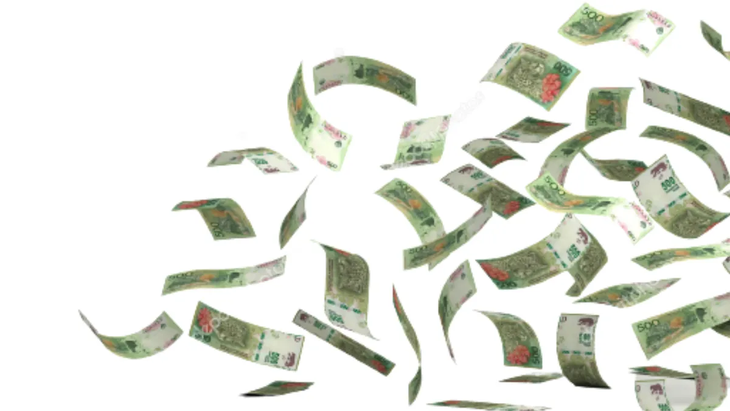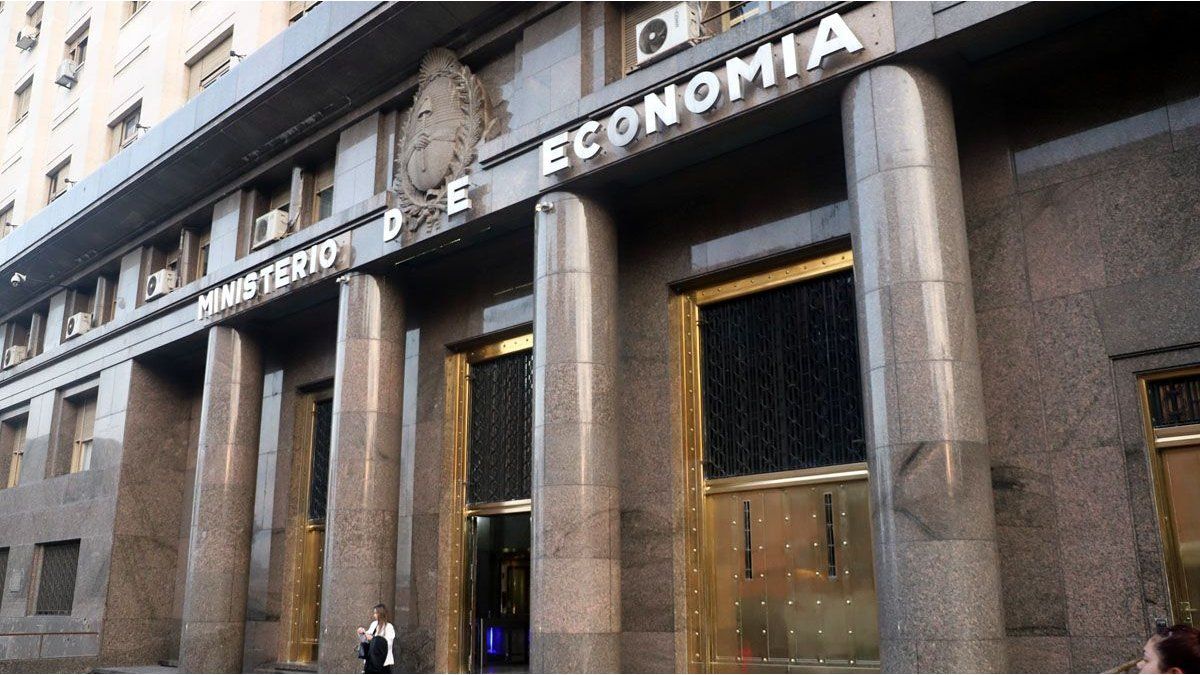According to the Minister of Deregulation, Federico SturzeneggerPresident Javier Milei is carrying out the fiscal adjustment that the previous president Mauricio Macri was unable to do, who in 2016 decided on the path of “gradualism” to put the State’s accounts in order.
What does part of this cut consist of? According to data from the Argentine Association of Budget and Public Finance (ASAP), this year the Government has carried out the lowest budget execution of the last decade. It is under-executing the items 11 points below the average for that period.
In July, already halfway through the year, logic dictates that executed spending must be above 50% of authorized credit. It should be remembered that, this year, the Government is using the same 2023 budget, to which the allocations have been expanded. The expenditures scheduled so far are $94 billion and it is believed that the central administration will not modify it substantially until the end of the year. The ASAP report specifies that, until Now, 47.2% of the authorized amount has been spent, while The average since 2015 for July is 58%.
asap-execution-budget.png
The highest level of execution for the first seven months of the year was reached in 2020, with 66%, in the context of the pandemic, which forced the Government to increase public spending well above what was planned. The second lowest level of budget execution is held by Martín Guzmán, Alberto Fernández’s former Minister of Economy, with 53.2% in 2022.
“In the cumulative January-July the National Administration accrued 47.2% of the current budget, which includes the extension of spending authorizations, approved by Decree 280/2024 of March, Decrees 594/2024 and 656/2024 of July, and administrative decisions 284/24 and 470/24,” ASAP notes.
The report indicates that, “with this modification, the percentage of Budget execution as of July 2024 represents the lowest level of the 2015-2023 period, ten percentage points below the average execution for the same period.”
The paradox of Luis Caputo
It is paradoxical that The accrued fiscal base result (when the expense is incurred) for July of the National Public Administration (APN) presented in July one of the best results of recent months. And if the expenses are taken at the time of their origin (not their payment) and they are compared with the income of the period, a financial surplus of $2.1 trillion and a primary surplus of $2.2 trillion.
According to ASAP, accrued base expenditure last month reached $6.8 trillion, with a real adjustment of 34%, while revenue totaled $8.9 trillion, with a drop of 5.1%.
However, the Minister of Economy, Luis Caputo, in a meeting held last week, told market agents that in July the National Public Sector (SPN) will present a financial deficit on a cash basis. That is, taking into account the moment of payment of bills. According to Caputo, the primary surplus will be maintained.
Weight race

The Government cut the transfer of pesos to the different areas of Government.
Although the SPN covers some State bodies that are not in the APN, It can be inferred that the strong difference between the accrued and the probable cash basis is that the government has begun to settle floating debt from previous exercises.
In June, the month in which the first financial deficit of the year was expected to occur, the government postponed payments for just over $1 billion.. With this, the debt stock reached $2.4 trillion. It can be inferred that in July the Ministry of Economy began to pay off part of this debt and therefore its result would be in deficit from the financial point of view.
Expenses for the first seven months
According to ASAP, the Total accrued expenditure of the National Administration showed a real fall of 29.7% so far this year, which increases by 1.4 points if interest payments are deducted
The most significant decreases correspond to the Social Security Benefits, with 25.3% in real terms, Current Transfers, with 30.9% and Remunerations, with 17.5%.
According to the report, It is also recorded as a drastic contraction of 80.9% of Capital Expenditures, “which denotes a virtual paralysis of Public Investment, particularly of the Transfers from Capital to Provinces, which went to an almost zero execution of 97.2%”
“As for Current Transfers, among the multiple recipients of these disbursements, The provinces were the ones that had the greatest losses“, the report states.
Source: Ambito




